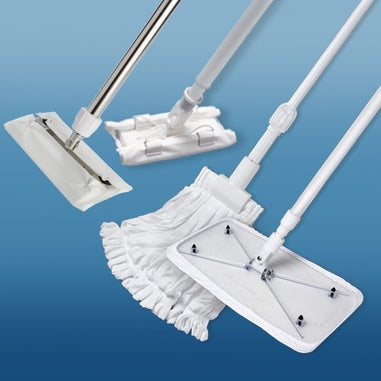- No products in the cart.
Cleanrooms are critical environments in various industries, including pharmaceuticals, biotechnology, electronics, and healthcare, where maintaining a sterile and contaminant-free atmosphere is paramount. One often-overlooked aspect of cleanroom protocol is the proper use of shoe covers. In this comprehensive guide, we will delve into the significance of maintaining cleanroom compliance and provide a step-by-step approach to implementing effective shoe cover protocols.
The Importance of Cleanroom Compliance
Cleanroom compliance is not merely a regulatory requirement; it is a fundamental aspect of ensuring product quality, process integrity, and the safety of personnel. Contaminants, such as particles, microbes, and chemicals, can compromise the sensitive processes within a cleanroom, leading to product defects, compromised research outcomes, and potential health hazards.
Shoe Cover Protocols: A Crucial Component
Shoe covers play a vital role in preventing the introduction of contaminants into cleanroom environments. Contaminants on footwear can be easily transferred to the cleanroom floor, equipment, or sensitive products, undermining the sterile conditions. A well-defined shoe cover protocol is essential to mitigate this risk and maintain the highest standards of cleanliness.
Step #1: Selecting the Right Shoe Covers
Choosing appropriate shoe covers is the first step towards effective cleanroom compliance. Consider the following factors:
-
Material: Opt for shoe covers made from low-linting, non-shedding materials such as polypropylene or polyethylene. These materials minimize the risk of particle generation.
-
Sole Design: Ensure that the shoe covers have non-slip soles to prevent accidental slips and falls. Additionally, the soles should be compatible with the cleanroom floor to avoid damage.
-
Size and Fit: Select shoe covers that provide a snug fit to prevent slippage and ensure complete coverage. Oversized or ill-fitting shoe covers may compromise their effectiveness.
Step #2: Establishing a Designated Shoe Changing Area
Maintaining cleanliness begins before entering the cleanroom. Designate a specific area for changing into cleanroom attire, including shoe covers. This area should be equipped with:
-
Seating: Provide benches or chairs for personnel to sit while changing shoes, reducing the risk of contamination from contact with the floor.
-
Storage for Clean Shoe Covers: Keep a supply of clean shoe covers in the changing area, ensuring easy access for personnel.
Step #3: Donning and Doffing Procedures
Proper technique during the donning and doffing of shoe covers is crucial to maintaining their effectiveness. Establish clear procedures:
-
Donning Procedure: a. Sit on the designated bench. b. Ensure hands are clean and sanitized. c. Put on hairnets and other required cleanroom attire before donning shoe covers. d. Carefully slip each foot into a clean shoe cover, ensuring a secure fit.
-
Doffing Procedure: a. Sit on the designated bench. b. Remove the shoe covers by grasping the top and pulling them off, turning them inside out as they are removed. c. Place used shoe covers in the designated waste bin. d. Clean and sanitize hands after doffing.
Step #4: Disposal
Dispose of used shoe covers in designated waste receptacles. Do not reuse shoe covers, as they may contain contaminants.
Step #5: Regular Training and Audits
Personnel training is paramount in ensuring consistent adherence to cleanroom protocols. Conduct regular training sessions to educate employees on the importance of proper shoe cover usage and the associated procedures. Additionally, perform periodic audits to assess compliance and identify areas for improvement.
Conclusion
Maintaining cleanroom compliance is a multifaceted endeavor, and the proper use of shoe covers is a critical component. By selecting the right shoe covers, establishing designated changing areas, implementing effective donning and doffing procedures, and conducting regular training and audits, organizations can enhance their cleanroom protocols and ensure a sterile environment. Adherence to these steps not only meets regulatory requirements but also safeguards the integrity of processes, products, and the well-being of personnel within the cleanroom setting.
For over 40 years, Lab Pro Inc. is your steadfast source for premium cleanroom lab supplies, hand tools, lab equipment, chemicals, and PPE apparel. Trusted by aerospace industries, medical device companies, and laboratories globally, we epitomize exceptional quality in every product. Experience the convenience of next day service in California. Contact us online or at 888-452-2776 to explore solutions tailor-made for the laboratory industry. Elevate your experiments with Lab Pro Inc. – your partner in precision and excellence.













































Thanks for sharing such a great information.. It really helpful to me.. I always search to read the quality content and finally i found this in you post. keep it up!..https://www.airtech.com.sg/